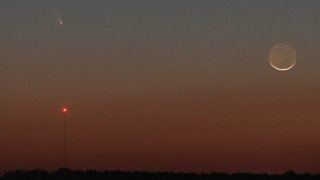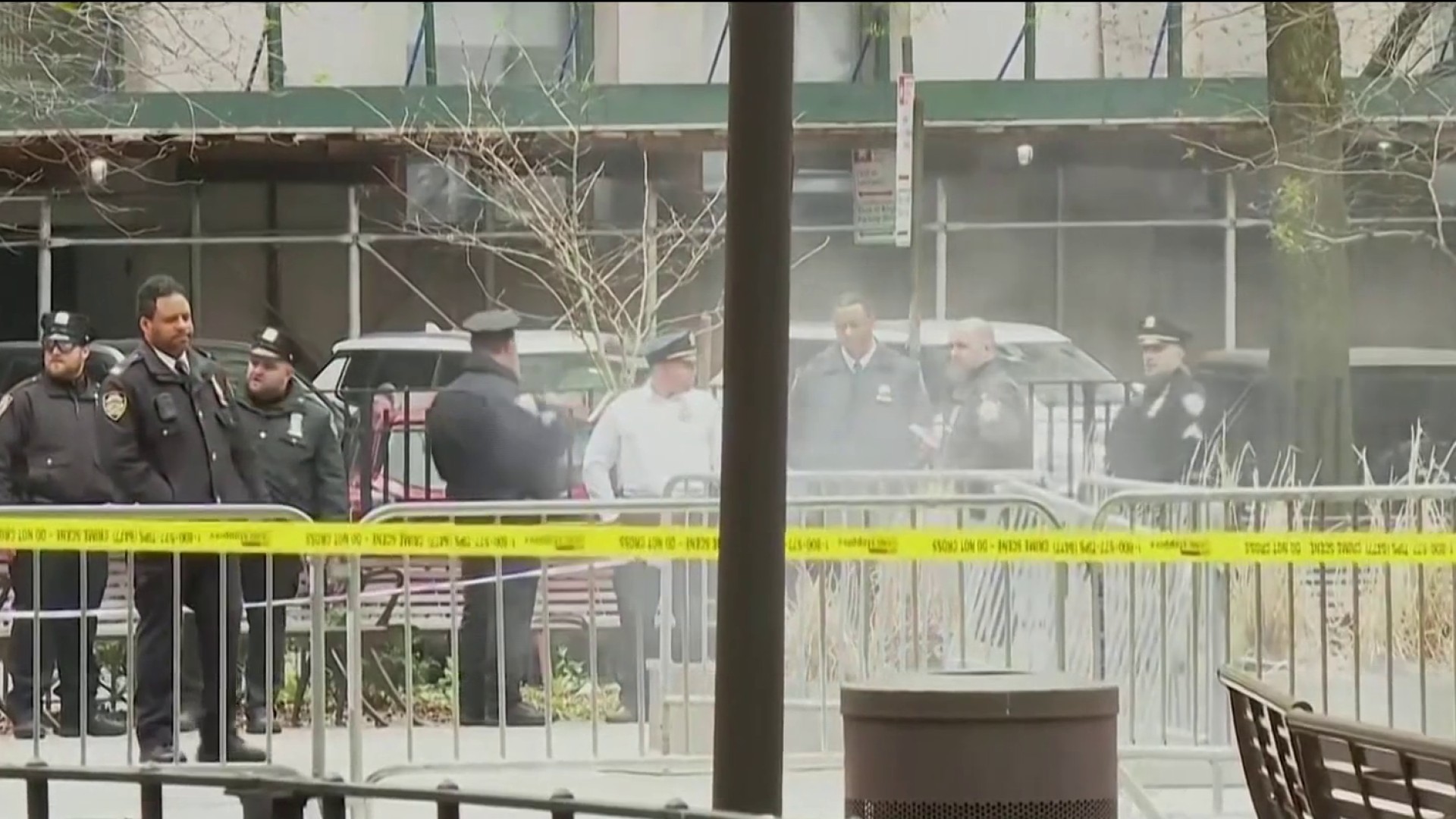
You may want to keep your eyes on the sky this week, as an interesting sight could be visible if you look at the moon at just the right time.
It's called a "Da Vinci Glow" or "Earthshine," an event where a crescent moon is accentuated with the faintly-visible lunar surface also able to be seen with the naked eye.
Several factors have to line up for such a sight to be visible, and the phenomenon perplexed many for thousands of years -- until Leonardo Da Vinci solved the "astronomical riddle" about 500 years ago, according to NASA.
"For thousands of years, humans marveled at the beauty of this 'ashen glow,' or 'the old Moon in the new Moon's arms,'" NASA reported. "But what was it? No one knew until the 16th century when Leonardo figured it out."
Get Southern California news, weather forecasts and entertainment stories to your inbox. Sign up for NBC LA newsletters.
Here's what to know:
What is the Da Vinci Glow or Earthshine?
Turns out, the so-called "Da Vinci Glow" or "Earthshine" is actually "earthlight reflected from the Moon's night side."
U.S. & World
News from around the country and around the globe
"When the sun sets on the moon, it gets dark--but not completely dark," NASA reports. "There's still a source of light in the sky: Earth. Our own planet lights up the lunar night 50 times brighter than a full Moon, producing the ashen glow."
Adler Planetarium Astronomer Geza Gyuk said it's that light from Earth that makes the rest of the moon somewhat visible, even when it's not getting sunlight.
"The earthlight - like moonlight here on Earth - is pretty strong. It is strong enough so that sometimes we can see the dark part of the moon that isn't getting any direct sunlight," Gyuk told NBC Chicago via email.
When the earth illuminates the dark part of the moon, sky watchers can see a bright crescent moon, with the shape of the full moon still vaguely visible around it.
"When the conditions are right, one sees a crescent of moon which is directly illuminated by the sun and, 'cradled in it,' the rest of the moon illuminated by Earthshine. The Earthshine is the light that hit the Earth, bounced off and then hit the moon," Gyuk said.
It got its name when Da Vinci managed to solve what caused the phenomenon.
"[Da Vinci] thought it was probably reflections off the oceans. It turns out that most of the light reflected from the Earth is from the clouds and not the oceans, but the basic idea of Earthshine on the moon being reflected light is still correct," Gyuk said.
It also has names like "ashen glow" or the "old moon in new moon's arms."
What needs to happen for you to see it?
According to Live Science, "it's only possible to see Da Vinci glow when a slim crescent moon is visible close to the horizon during both the last few days and the first few days of the moon's orbit of Earth," which happens this weekend and into next week.
When can you see it?
The best times to see the Da Vinci Glow are in the days before and after new moons, according to Timeanddate.com. A new moon is set for May 19.
The Almanac reports the best times of day to look are in the evening following sunset, or just before dawn.
According to Live Science, the following dates will be the best days to look in the hour after sunset:
- Sunday, May 21
- Monday, May 22
- Tuesday, May 23



